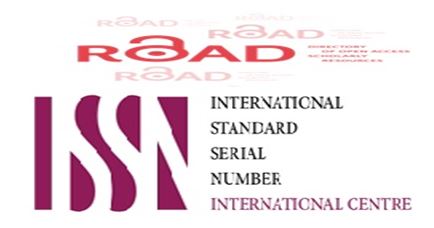Chronic Subdural Hematoma A Prospective Study
DOI:
https://doi.org/10.32007/jfacmedbagdad.60134Keywords:
Chronic subdural hematoma, traumatic brain injury, Burr hole aspirationAbstract
Background: Chronic subdural hematoma is a blood collection in the subdural space for more than 3 weeks from the onset of the bleeding. It is more likely to develop in infancy and after the age of 60 years. The incidence of subdural hematoma is 1- 2 per 100,000 people per year.
Objective: To delineate the most common feature aspects of SDH like age, predisposing factors, symptoms and signs and different types of management of the disease.
Patients and Methods: A prospective study of 40 patients from the period January 2012 - January 2014, and conducted in Gazi Al-Hariri Hospital of Surgical Specialties, disregarding the age, complaining of chronic subdural hematoma as proved by CT scan. It includes the predisposing factors, the symptoms and signs, the location of hematoma, mode of treatment, complications and the outcome.
Results: In this study, the highest incidence of CSDH was above 50 years and the second age group was below 1 year. It was more common in males than females and they were unilateral more than bilateral, as shown by C.T scan which was the most reliable method for diagnosis and assessment.
Conclusions: The most suitable treatment was burr hole in the older age group but craniotomy with membranectomy were still performed. In patients below 1 year, subdural peritoneal shunt found to be the method of choice. This study shows that the most common complications are the recurrence and infection. The outcome depends mainly on the early recognition and treatment.
Keywords: Chronic subdural hematoma, traumatic brain injury, Burr hole aspiration.




















 Creative Commons Attribution 4.0 International license..
Creative Commons Attribution 4.0 International license..


